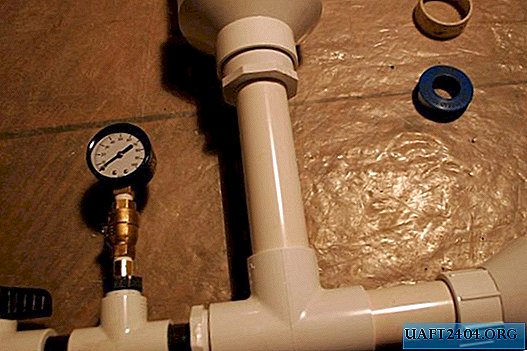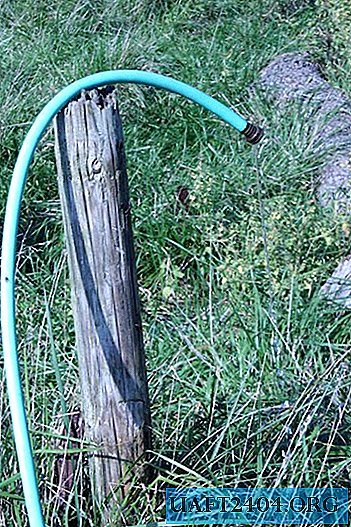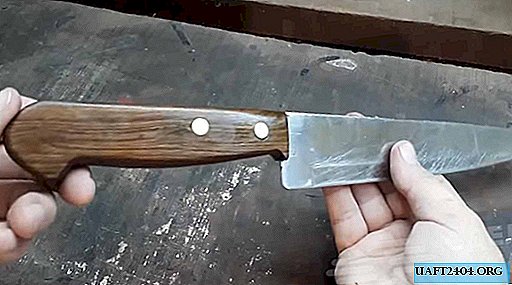Share
Pin
Tweet
Send
Share
Send
Of course, if you see such a pump for the first time, then like me you might think that this is nonsense ... The same as the invention of the perpetual motion machine ... But no, everything is much simpler and fairly easy to explain. This is a 100% working model of a water pump, repeated by more than one craftsman.
Making a water pump
So, for starters, I will tell you how the pump is arranged, and then its principle of operation and work in real conditions.
Design with description
This is how it looks. Everything is made of PVC pipes.

In this case, the design has the form of a straight pipe with various valves and taps, with a branch in the center of a thicker pipe diameter.
The thickest part is a buffer or receiver for accumulating and stabilizing pressure. On the left and on the right, input and output ball valves are installed.
I will look at the pump from right to left. Since the right side is the entrance for water, and the left is the exit.
In general, we realized that water is supplied to the ball valve on the right. Next comes the tee. Tee splits threads. Up delivers to the valve, which closes with sufficient pressure. A direct flow is supplied to the valve, which opens when the desired pressure is reached.
Then, again comes the tee to the receiver and already to the exit. And, still a manometer, but it may not be, is not so important.
Details
All parts are laid out before assembly. I use PVC pipes, they are glued to the glue, but polypropylene can also be used.

Valve.

Assembly
I collect. The second valve is in the middle and looks a little different. The difference between the two valves is that initially the brass valve will always be open, and the PVC valve will always be closed initially.


We collect the buffer receiver.

The end of the pump.

Almost finished sample.

Add a manometer to measure the pressure in the work.



The water pump with pressure gauge is ready for testing.


Pump test
It's time to install and test the pump. I want to make a reservation a bit and say that the pump does not just pump water, but rather increases its pressure. I mean, the pump needs an initial pressure.
To do this, install the pump in a small stream. We will connect a long pipe of several meters (this is a prerequisite) and we will take water from a small elevation. As a result, water will flow to the pump itself.


We set the receiver upright, the brass valve should be outdoors.




And the pump, clicking the valves begins to supply water above the intake level. Much higher than the level of water intake at the beginning of the pipe.

The principle of the water pump
All this seems truly amazing and incredible, but there is no secret. Such water pumps are also called hydraulic shock pumps and they work like this:
When water is supplied, it immediately rushes into the open valve.

As soon as the water picks up a small run-up, this valve will close abruptly. And since the column of water in the pipe has inertia like any physical mass, a water hammer will occur, which will create excess pressure that can open the second valve. And water will rush into the receiver, where it will compress the air.

As soon as the excess pressure is extinguished and becomes less than the outgoing pressure, the center valve closes and the upper one opens. As a result, water will again run through the top valve.

Next, the cycle repeats.
For more animation see the video:
Such pumps can create a pressure 10 times higher than the initial pressure! And to confirm this, watch the video:
Share
Pin
Tweet
Send
Share
Send











